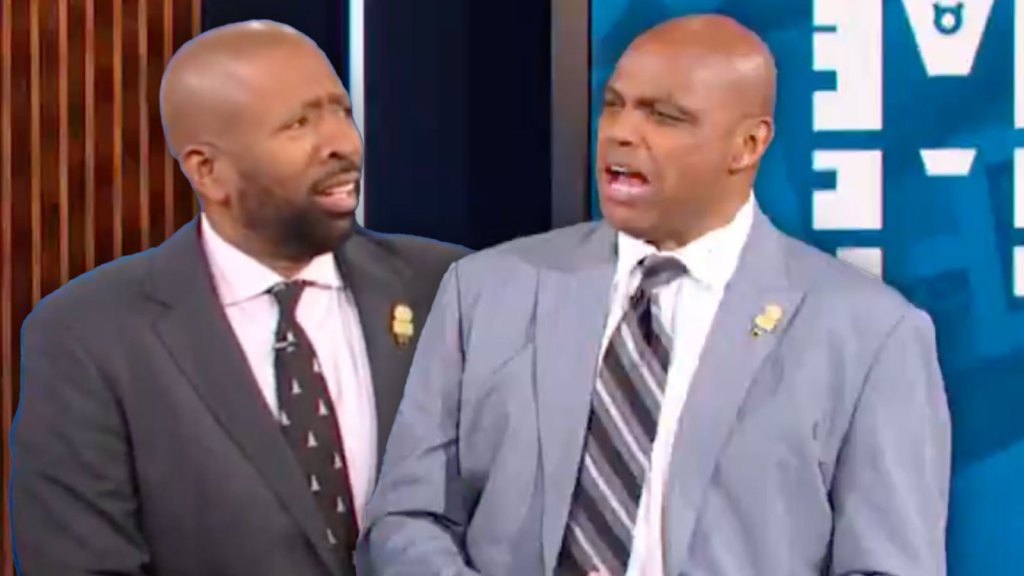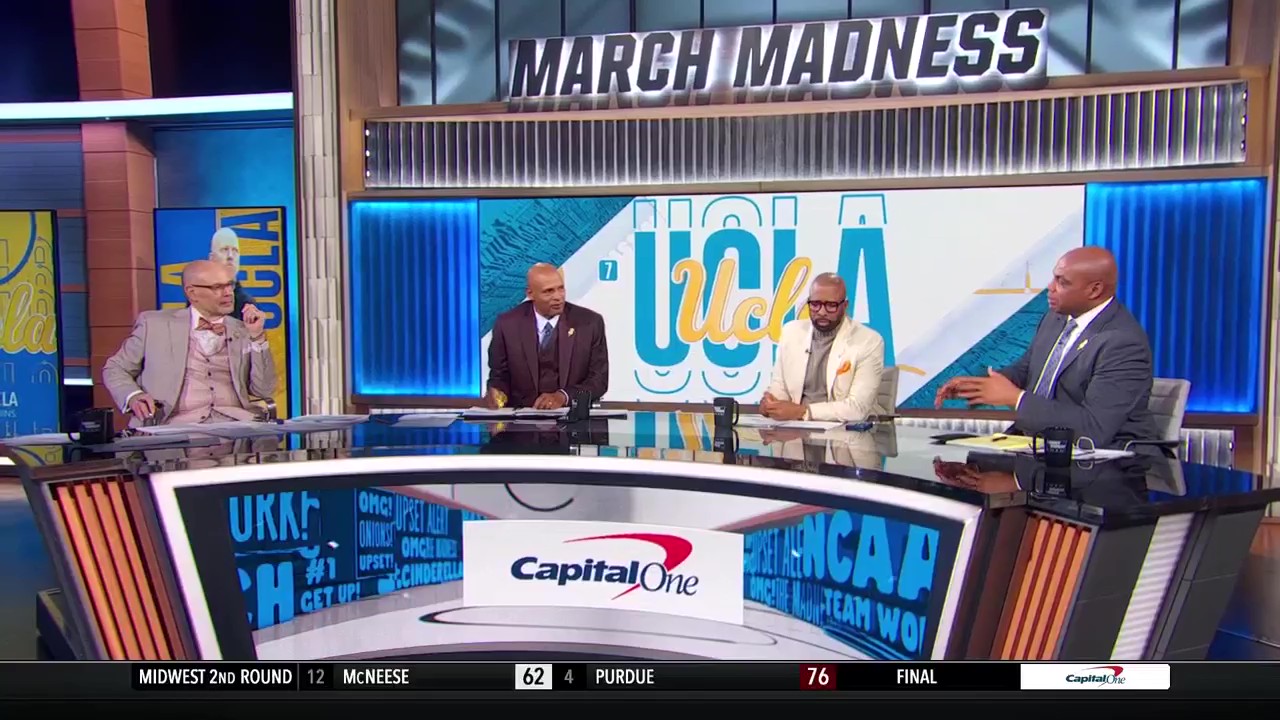The landscape of college sports has undergone significant changes with the advent of Name, Image, and Likeness cNILc rules and the transfer portal. The impact of these evolving frameworks on the careers of former college athletes has sparked intriguing reflections and discussions. Recently, during the pregame show for a NCAA Tournament match between UCLA and Tennessee, notable basketball figures – Clark Kellogg, Kenny Smith, and Charles Barkley – engaged in a fascinating conversation revolving around the hypothetical scenarios of playing under the current NIL and transfer portal regulations.
Ernie Johnson set the stage by prompting the trio to contemplate how their experiences may have differed if they had the advantage of NIL and the transfer portal during their college days. Kellogg shared his perspective on living in the present and not delving into what-ifs, emphasizing the value of focusing on the opportunities available during one's own era. In contrast, Smith expressed a nuanced stance, highlighting his loyalty to tradition and stating that he might not have utilized the transfer portal due to his commitment to proving himself at North Carolina. Barkley, acknowledging the increased financial opportunities in today’s sports landscape, also emphasized the importance of appreciating the privileges they had as successful athletes compared to earlier generations.
While the trio’s opinions varied on whether they ever contemplated the implications of modern-day collegiate sports regulations on their careers, their divergent views shed light on the complexity of envisioning alternate paths untaken. Their collegiate tenures in the late '70s and '80s, particularly at Ohio State, Auburn, and North Carolina respectively, represent a different era where NIL and transfer portal rules were nonexistent. The discussion opened up possibilities of how their trajectories might have unfolded differently in today's collegiate sports milieu.
In his thoughtful reflection, Barkley underscored the gratitude for the opportunities they had during their playing days, despite acknowledging the financial disparities between their era and the current one. He celebrated the successes of their NBA careers and recognized the privilege they had enjoyed compared to legendary predecessors like Wilt Chamberlain and Bill Russell. The conversation not only raised introspective questions but also showcased the humility and appreciation these former athletes hold for their respective journeys in the world of sports.
Looking beyond the reflections of these basketball icons, it becomes evident that the evolving landscape of college athletics brings forth a contemplative narrative. As modern regulations reshape the dynamics of collegiate sports, the dialogues surrounding what could have been in a different era continue to intrigue both former athletes and fans alike. The musings shared by Kellogg, Smith, and Barkley serve as a poignant reminder of the diverse experiences and perspectives that shape the sporting world.
Shifting gears, Charles Barkley recently made headlines during CBS’ coverage of March Madness for his engaging banter with co-host Kenny Smith. The spirited exchange unfolded as Smith made a bold prediction in favor of his alma mater, the University of North Carolina, sparking a lively debate between the two seasoned sports analysts. Barkley’s playful quip about maintaining objectivity and the subsequent back-and-forth with Smith injected humor and spontaneity into the broadcast, showcasing the camaraderie and lively dynamics of the studio team.
Notably, Barkley's candid remarks and humorous jabs added a layer of entertainment to the coverage, offering viewers a glimpse into the rapport and camaraderie shared among the CBS analysts. The engaging exchange between Barkley and Smith not only provided a light-hearted moment amidst the intense tournament matchups but also exemplified the chemistry and banter that define their collaborative efforts in the studio.
As the NCAA tournament continues to captivate audiences with thrilling matchups and surprising outcomes, interactions like the one between Barkley and Smith showcase the blend of sports analysis and on-air camaraderie that enrich the viewing experience for fans. The natural banter and unscripted moments shared by the talented broadcast team add a unique flavor to the coverage, creating memorable moments that resonate with viewers and highlight the human side of sports analysis.
In the fast-paced world of sports broadcasting, the interplay between seasoned analysts like Barkley and Smith offers a refreshing counterpoint to the intense competition on the court. Their infectious energy, witty exchanges, and genuine camaraderie not only entertain audiences but also underscore the joy and passion that drive their shared love for the game. As the tournament action unfolds, viewers can look forward to more engaging interactions and lively discussions that make March Madness a celebration of sports camaraderie both on and off the court.
In conclusion, the thought-provoking reflections of former college athletes on the impact of modern regulations, coupled with the spirited banter and camaraderie among sports analysts during live broadcasts, add depth and vibrancy to the ever-evolving world of collegiate sports. With each engaging conversation and entertaining exchange, the narratives surrounding sportsmanship, legacy, and camaraderie continue to enrich the fabric of sports broadcasting, offering fans a unique and immersive viewing experience that transcends the game itself.



